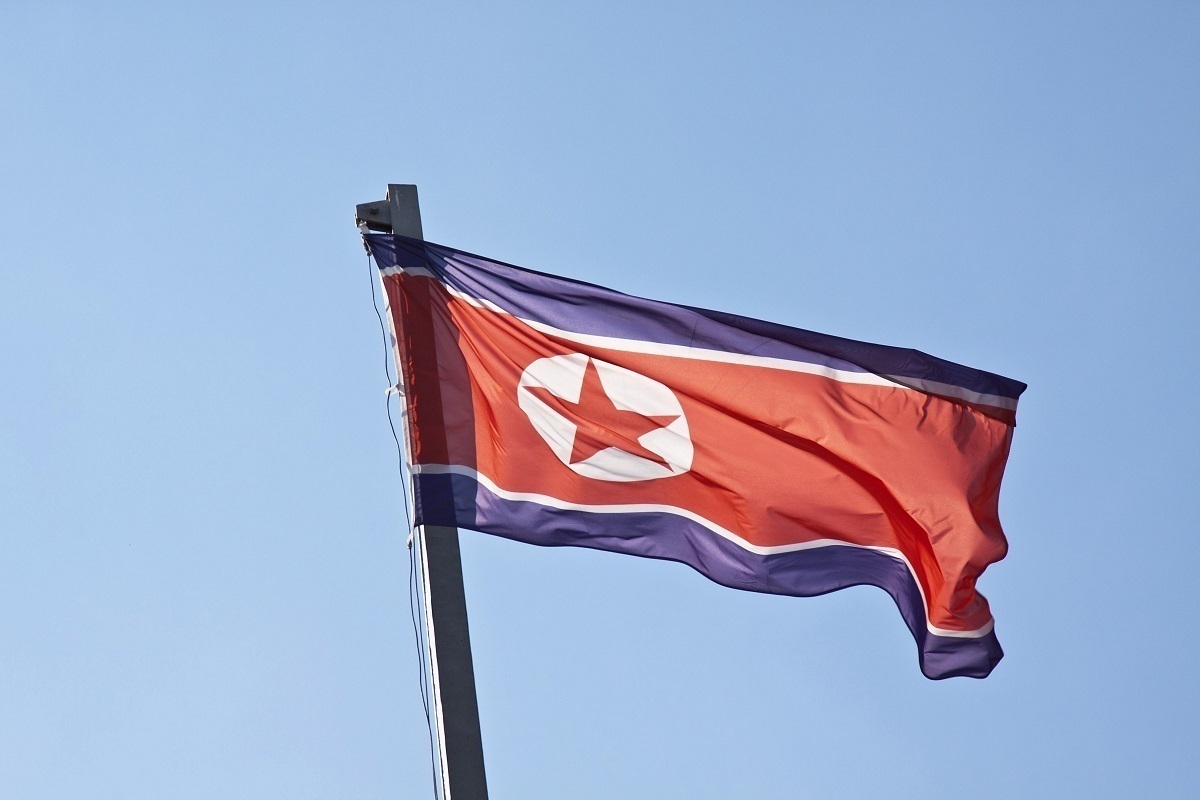Named the details of the failed launch of the North Korean spy satellite: the rocket fell into the sea
[ad_1]

North Korea failed in its second attempt to launch a reconnaissance satellite as the launched rocket fell into the sea. The Pyongyang Aerospace Administration says the failure is “not a big problem” and promises to arrange a third attempt as early as October.
North Korea’s second attempt to put a reconnaissance satellite into orbit failed after the booster encountered a problem in its third stage, state media said, but the North Korean space agency promised to try again in October, Reuters reported.
The first attempt to launch a North Korean spy satellite in May also ended in failure when a new Chollima-1 rocket fell into the sea.
The launch, which took place on Thursday before dawn, came within the first hours of the eight-day period that North Korea provided for the attempt.
The nuclear-armed nation is seeking to place what will be its first military spy satellite into orbit, saying it eventually plans to build a fleet of satellites to monitor U.S. and South Korean troop movements, Reuters reported.
“The first and second stages of the rocket flew normally, but the launch failed due to an error in the emergency detonation system during the flight of the third stage,” state news agency KCNA reported Thursday of the launch.
The South Korean military said it had been monitoring the flight since its launch at the northern Sohae launch site and also concluded that it was a failure.
The launch triggered an emergency alert in Japan shortly before 4 a.m. local time (1900 GMT), which advised residents of the southernmost prefecture of Okinawa to take shelter indoors.
Approximately 20 minutes after the warning, the Japanese government issued a notice that the missile had flown in the direction of the Pacific Ocean and canceled the emergency warning.
At a televised press conference, Japan’s Chief Cabinet Secretary Hirokazu Matsuno said the repeated missile launches posed a threat to regional security.
“We will strongly protest North Korea and condemn it in the strongest terms,” he said.
Matsuno said parts of the rocket fell into the Yellow Sea, the East China Sea and the Pacific Ocean.
The South Korean military condemned the launch as a provocation and a violation of UN Security Council resolutions banning the North’s use of ballistic missile technology, Reuters said.
A US source, speaking on condition of anonymity, confirmed to Reuters that the US military was aware of the North Korean launch, but declined to provide details.
North Korea’s National Aerospace Development Authority (Nada) said it would investigate and take steps to fix the cause of Thursday’s failure, but that it was “not a big problem” in terms of the overall reliability of the missile system.
The agency said it would “carry out a third reconnaissance satellite launch in October after carefully examining the cause and taking action,” the KCNA news agency said.
The North’s attempt to launch a Chollima-1 booster with a satellite earlier this year also failed, with the booster and payload crashing into the sea after a second-stage failure, Reuters recalls. State media blamed the failure on the unstable and unreliable new engine system and fuel.
South Korea has recovered parts of the failed missile, including the satellite payload, which it said appeared to lack military capability.
US pundit Ankit Panda says it was no big surprise that Thursday’s launch also failed, but state media reports suggest North Korea has made some progress since the May crash.
“It looks like Nada still has some time to make it big given the commitment to a follow-up launch in October,” he added. “This may or may not give North Korean scientists enough time to go back to the drawing board and do it all over again.”
[ad_2]
Source link








